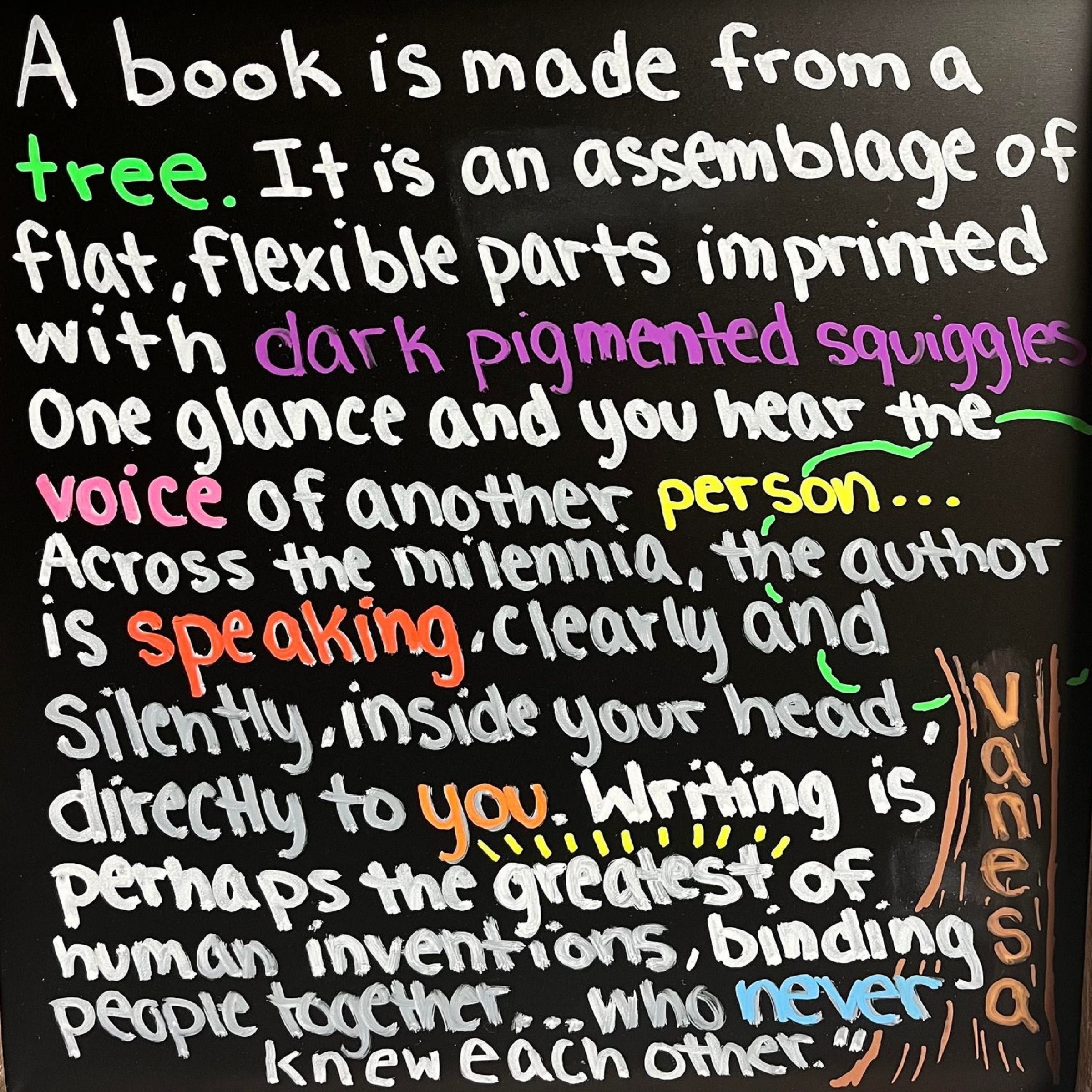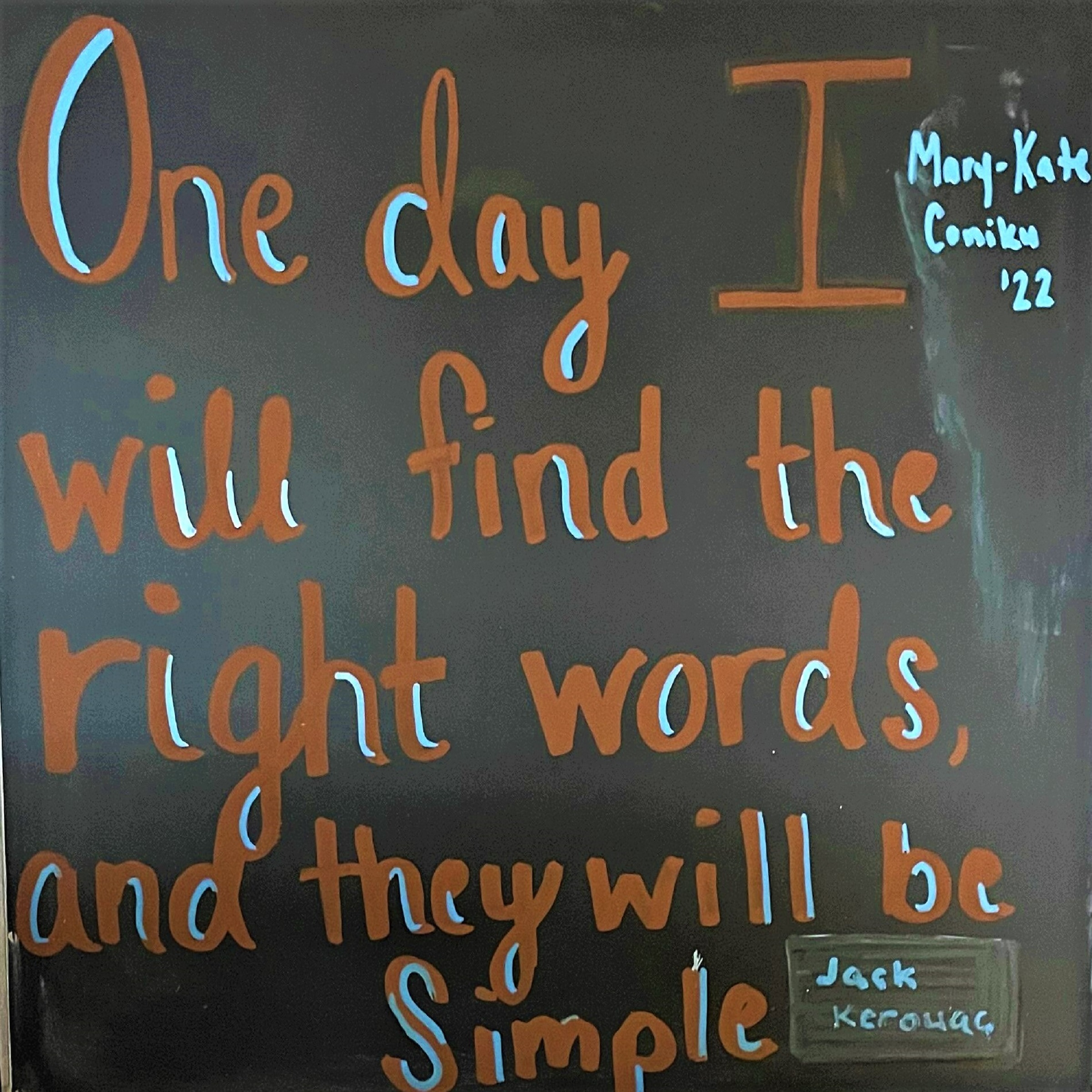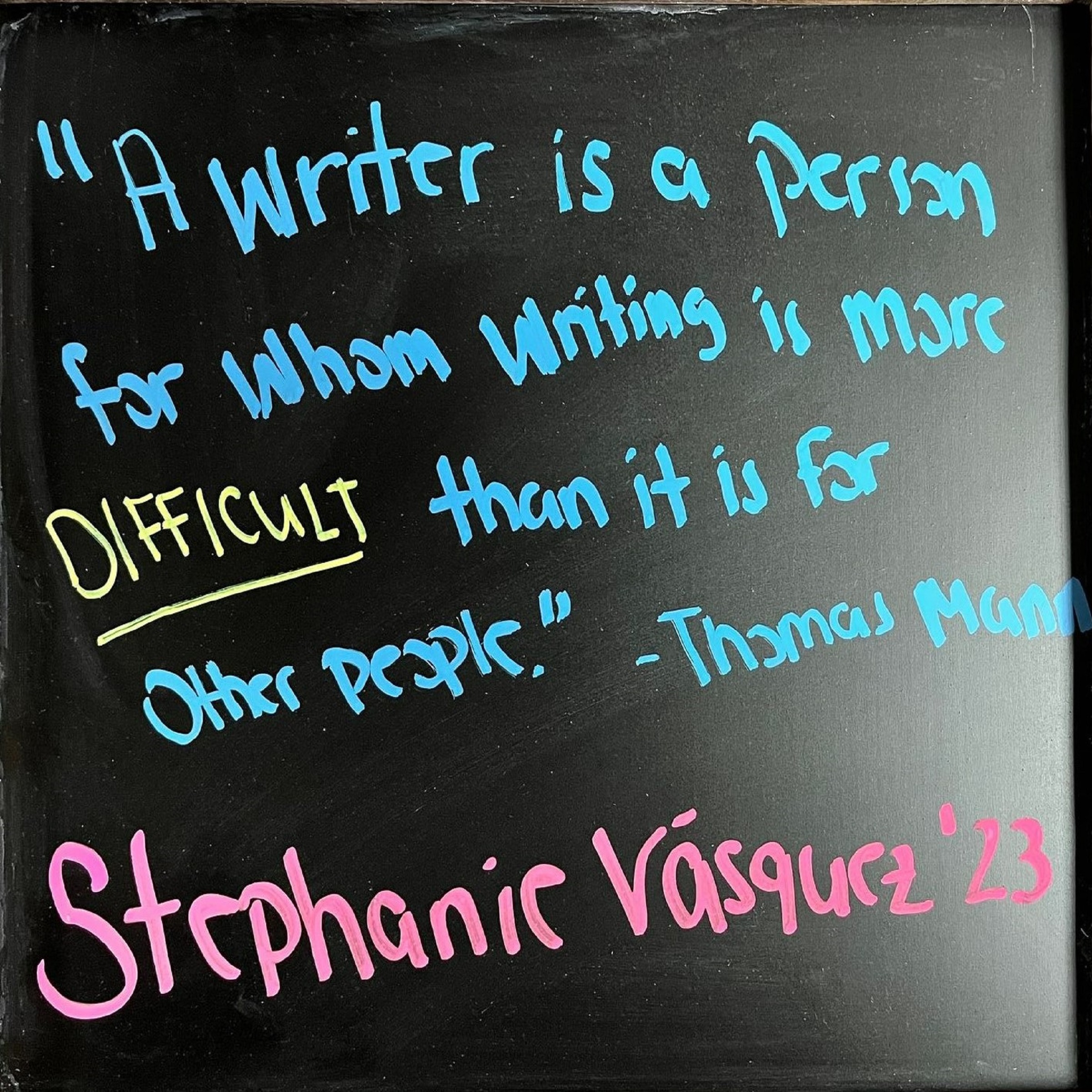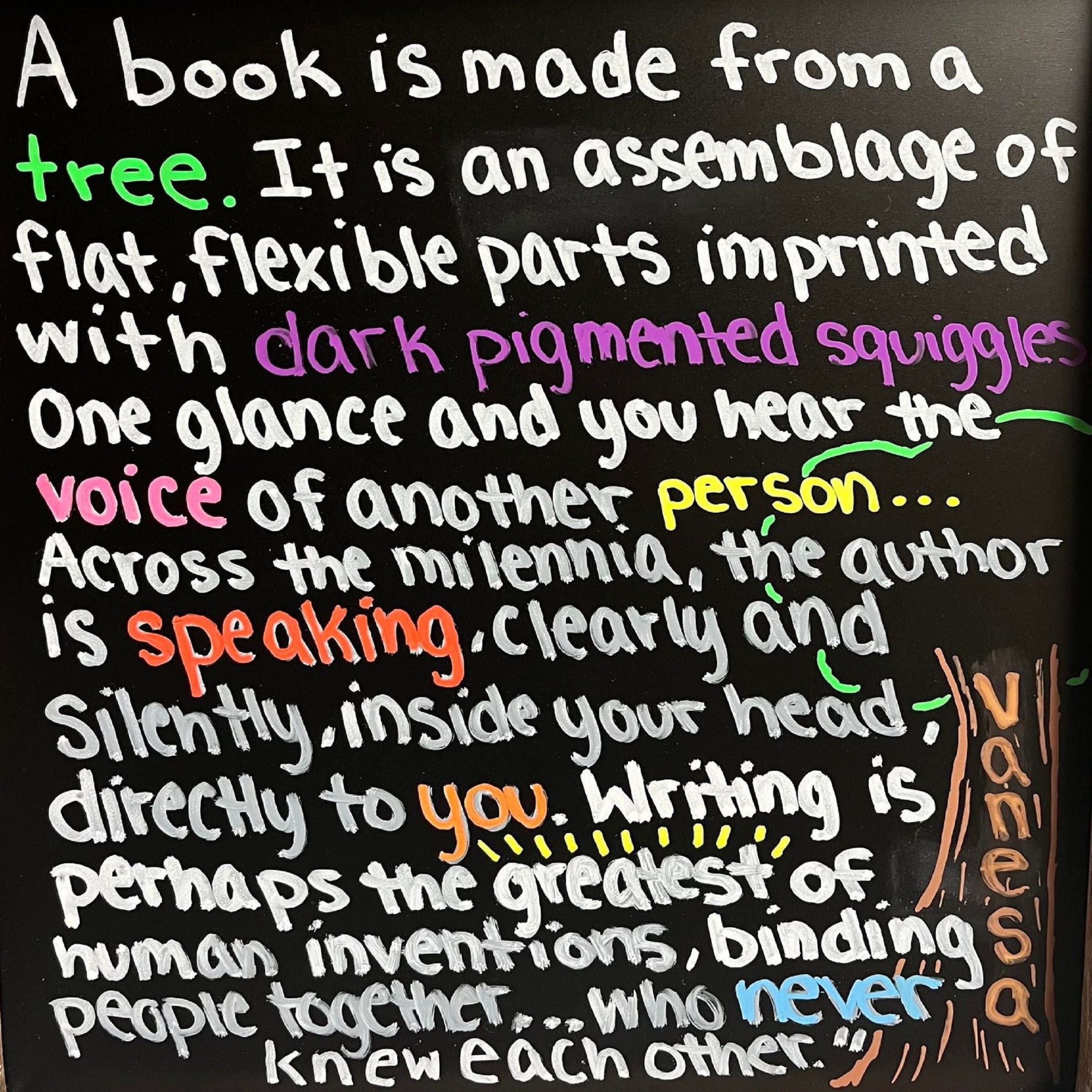By Myracle Brunette
Imagine this: You finally finished writing a paper for a class. Once you go to revise it, you come across a sentence that feels like it just goes on and on without any breaks or pauses. You might catch yourself struggling to understand what’s trying to be said. You might even catch yourself saying, “wow that’s a really long sentence.” If so, you’ve most likely encountered a run-on sentence. Run-on sentences are common to run into when it comes to writing. If you happen to have any in your paper, don’t worry. We’ve all been there, and they can easily be fixed.
What Really Is A Run-On Sentence?
Now you might be wondering, “what really is a run-on sentence?” A run-on sentence is when two independent clauses are joined together improperly. They are sentences without proper punctuation or appropriate conjunctions to separate them. This can involve using too many conjunctions and omitting punctuation such as commas, periods, and semicolons. This can lead them to oftentimes lack clarity and confuse the reader. There are 2 different types of run-on sentences. They are fused sentences and comma splices.
Fused Sentences:
A fused sentence is when two or more complete sentences are joined together without punctuation. They are fused together as if they were only one thought, and this can change what the writer was actually trying to tell the reader. For example, “I like dogs dogs can smell sometimes.” This sentence contradicts itself and can confuse your reader. Instead, the sentence can read, “I like dogs, but they can smell sometimes.” Notice how I just added a coordinating conjunction to join the two ideas and transform the sentence. You can also break up the sentence completely with a period to make it two separate ones, but since the writer is saying that they like dogs and then states something that they dislike about them, it would be best to use “but” to show that idea better.
Comma Splices:
A comma splice is when two or more complete sentences are incorrectly joined by just a comma. It normally looks like this: “main clause, main clause.” For example, “I love to read books, I also enjoy watching movies.” We can fix a comma splice the same way we can fix a fused sentence. We can either make the two clauses into two complete sentences, use a coordinating conjunction, use a semicolon, or use a subordinating conjunction. The ideal way to correct the sentence I provided would be to simply break it into two complete sentences.
How Can I Fix My Run-On Sentence?
In case you missed the examples I provided of run-on sentence solutions, I’ve listed them below:
- Check for Comma Splices
- Utilize Coordinating Conjunctions
- Use a Semicolon.
- Utilize Subordinating Conjunctions
How To Avoid Them:
Working on run-on sentences can be hard, especially when trying to avoid them. I’ve provided some resources below to help you exercise your brain a little. The more one works on improving their skills, the faster they improve them.
My personal favorite resource is Grammar Bytes. This website has some exercises that can help you work on your skills for more than just run-on sentences. It also provides more rules on comma splices and fused sentences. https://chompchomp.com/exercises.htm#Comma_Splices_and_Fused_Sentences
We also recommend Purdue Owl as a great resource for help with run-ons.












